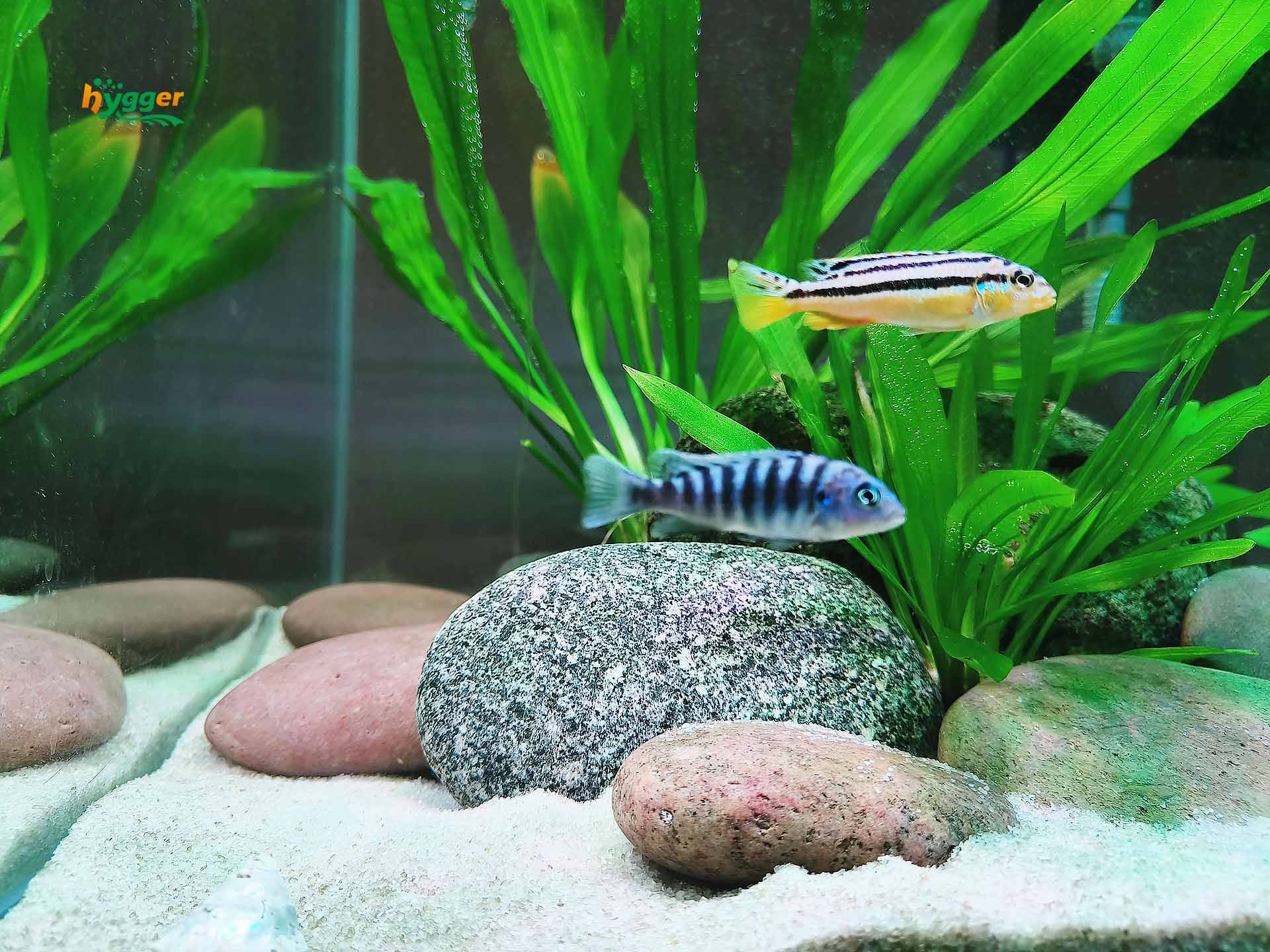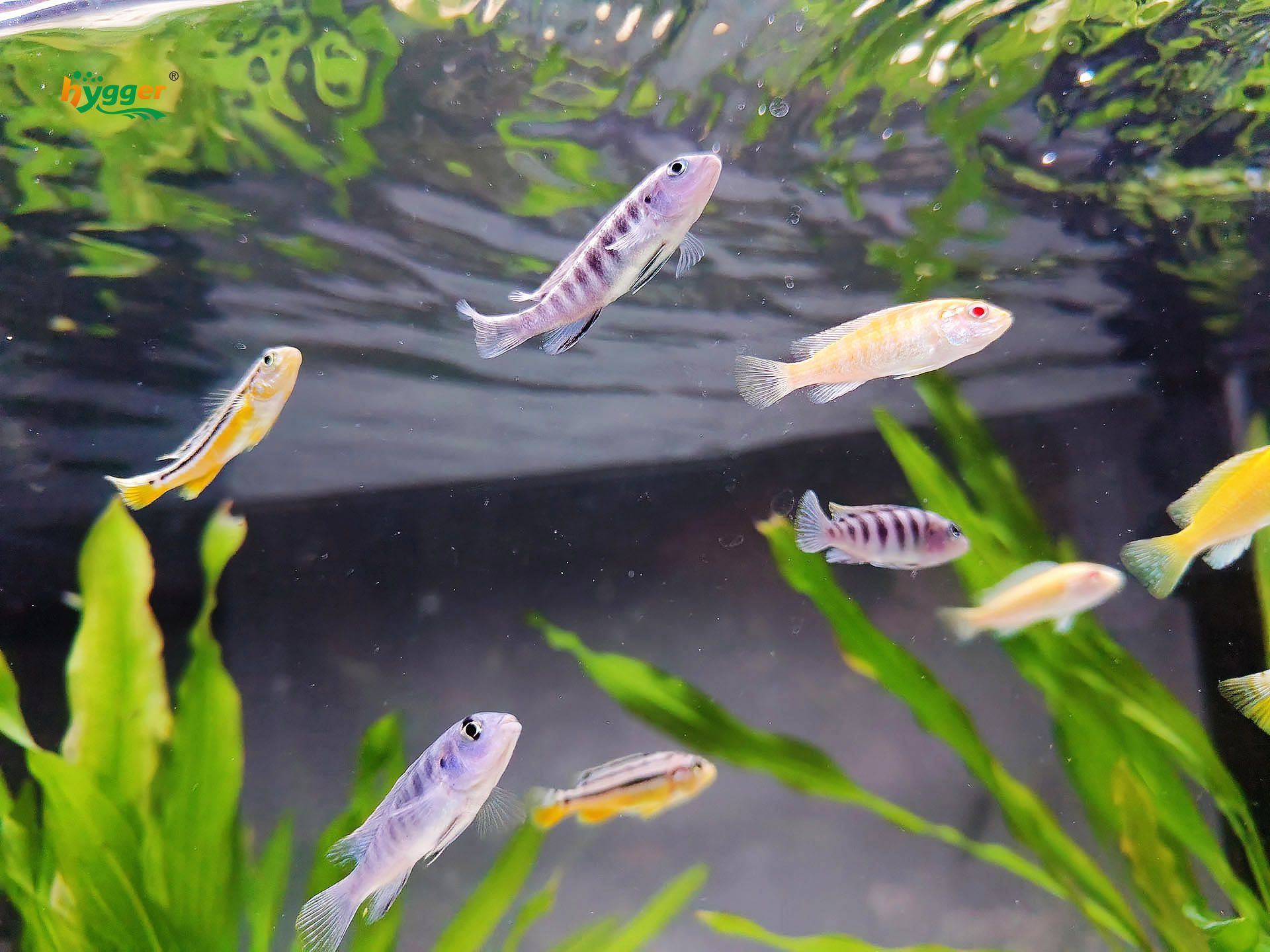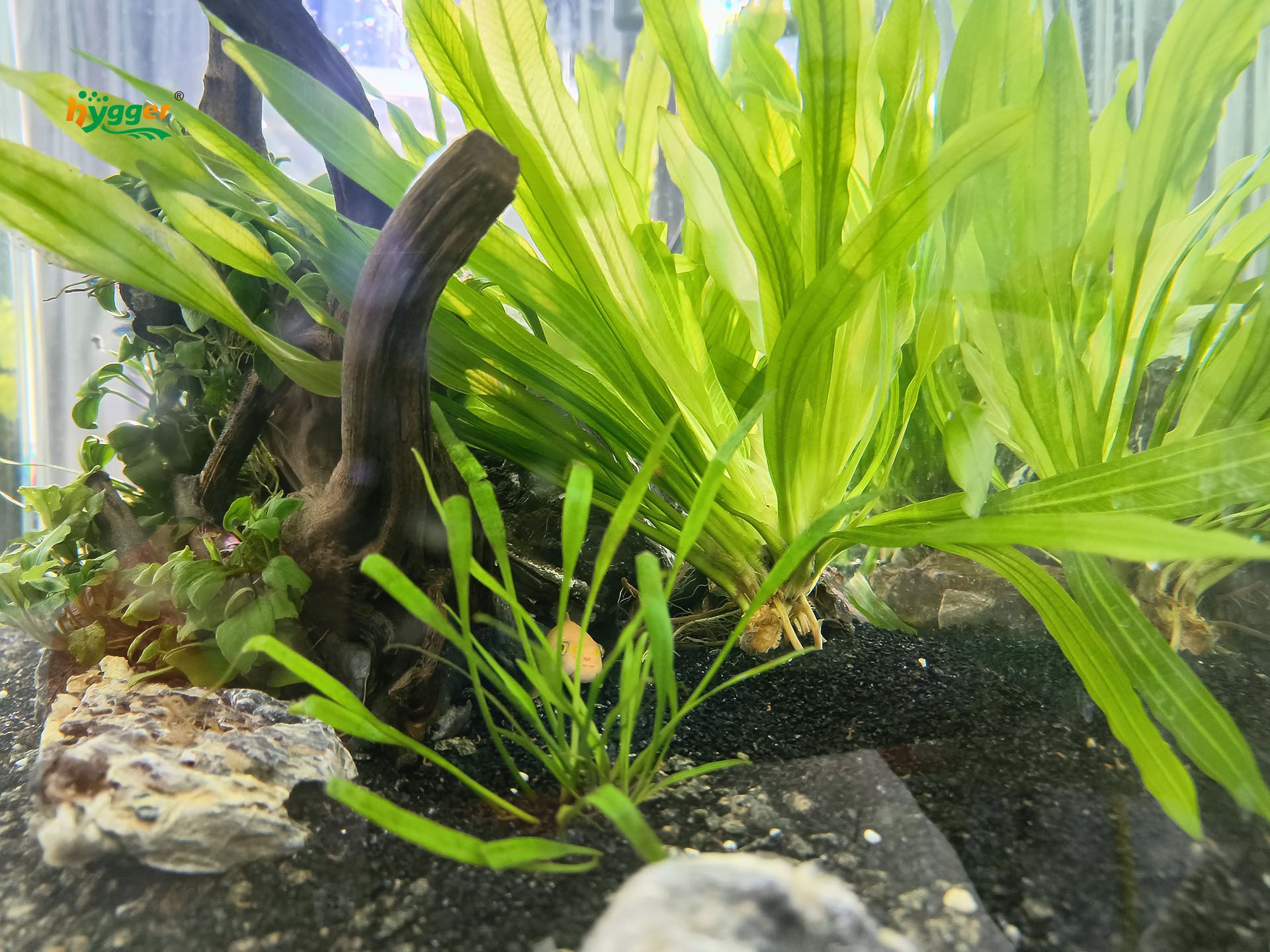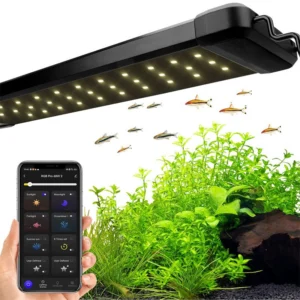As an aquarium enthusiast, you want to develop an aquarium that turns out to be a dream place for any fish species residing in it. Among different Fish, Cichlids are one of the popular choices for any aquarist because of their stunning colors and fascinating behaviors. Are you looking to set up a tank for your cichlid? Then this article is for you. We are going to discuss cichlid tank setup ideas, substrate options, and the steps to nurture a healthy environment for cichlid fish.
Content Table

Cichlid Tank Setup Ideas
Before talking about tank setup, we are going to discuss the importance of the Cichlid tank set, since every Cichlid has unique needs. Cichlids are found in many different parts of the world, each with specific ecological requirements. According to the types of Cichlid you intend to preserve, here are some suggestions for organizing your Cichlid tank.
African Cichlid Tank
If we talk about the African cichlids, they are native to great lakes of Africa including Lake Victoria, Lake Tanganyika, and Lake Malawi. These cichlids are distinguished by their vivid colors and energetic lifestyle. Take into account the following to provide them with a proper habitat:
a.Use Rocky Landscape
African cichlids love to have rocky substrates and territories. Therefore, equip your tank with a variety of caverns and rocks. By creating distinct areas, this not only replicates their natural environment but also reduces aggression.
b.Sand Substrate
To mimic the sandy bottoms of African lakes, use a fine sand substrate. It also stimulates natural digging tendencies and aids in keeping the pH levels of the water stable.
c.Plants with Caution
African cichlids are notorious for their propensity for digging, but you may still add robust plants like Java fern and anubias. Simply anticipate some rearrangement.
South American Cichlid Tank
They originate from the numerous lakes and river systems in South America. The spectacular colors and unique personalities of these South American Cichlids are well known. Here are some suggestions for constructing a tank for them:
a.Driftwood and Caves
To make hiding places and territory, use driftwood, rocks, and caves. Due to their territorial nature, South American cichlids will be less aggressive with these constructions.
b.Dark Substrate
Select a substrate made of dark, fine gravel or sand. It accentuates the colors of your fish while also having a natural appearance. Because some cichlids, like the Geophagus, may sift through it, you should make sure the substrate isn’t too sharp.
c.Floating vegetation
South American cichlids enjoy some floating plants, such as water lettuce or Amazon frogbit. These plants provide shade and resemble the overhanging greenery along rivers.

The Best Substrate for Cichlid Fish
A successful cichlid tank requires the correct substrate, which is quite important. Different cichlid species like various types of substrates. Here is a closer look at the substrates used by different varieties of cichlids:
Sand
Particularly for African cichlids, sand is a common choice for cichlid aquariums. It allows African cichlids to exhibit their diving activities and, as was already noted, replicates their natural habitat. The ideal choice is fine-grain sand because your fish won’t likely get hurt by it.
Gravel
Many cichlid species, especially those from South America, can survive in gravel. It comes in a variety of colors and sizes and offers a sturdy surface for plants and tank decorations. To prevent hurting your fish, pick gravel that is smooth.
Crushed Coral
For cichlids, like African cichlids, that prefer higher pH levels, crushed coral is a great option. It not only gives the tank a more natural appearance, but it also aids in preserving the water’s pH and hardness, which are essential for the Cichlid.
Bare Bottom
Some Cichlid hobbyists choose tanks with bare bottoms, which have no substrate at all. This is the best option for fish that dig frequently or for people who want simpler tank upkeep. To give your cichlids a sense of security, it’s imperative to have enough tank decorations and hiding places.

How to Set Up Cichlid Tanks
Now that you have a better understanding of the particular requirements for various cichlid species, let’s talk about the general stages for setting up a cichlid tank.
Choose the Correct Tank Size
As a general rule, it’s ideal to give at least 30 gallons for smaller cichlids and 50–75 gallons or more for larger species. Cichlids come in a variety of sizes. Your cichlids will be happier and have a more stable environment in a larger tank.
Construct a dependable filtration system
It is well known that cichlids produce a lot of trash. To maintain the purity of the water, a strong filtration system is essential for a Cichlid tank. To maintain the water in your tank crystal-clear, think about utilizing both mechanical and biological filtration.
Keep the Correct Water Parameters
Water hardness, pH, and temperature requirements for cichlids are very particular. Study the requirements of the Cichlid species you have chosen, then adjust the water parameters. Regular water testing and upkeep are crucial to maintain your Cichlid health.
Dress up the tank
Add rocks, caves, driftwood, and plants to your aquarium to provide your cichlids with an interesting and secure environment. These decorations not only give places to hide, but they also make your tank look better. Make sure to position them so that they form natural territories.
Gradually introduce your Cichlids
Adding all of your cichlids at once should be avoided because it could cause hostility. Start with a few fish, then add more over time. Watch how they act and be ready to remove individuals if issues develop.
Feed a Varied Diet
Depending on the species, cichlids require different diets. Find out what your cichlids’ individual dietary requirements are, then give them a varied diet that includes high-quality pellets, flakes, frozen foods, and live food, which ensures the nutrients they need for both health and color.
Conclusion
For aquarium hobbyists, setting up a Cichlid tank may be a terrific job. Your Cichlid fish can live in a healthy environment if you use the proper tank size and substrate, and pay attention to their particular demands. Your cichlid tank will be an interesting addition to your house, whether you decide to model it like the rocky shores of Lake Malawi or the many river systems of South America. So start making plans for your Cichlid tank setup right away and watch your vibrant aquatic friends grow in their new environment.


Leave a comment